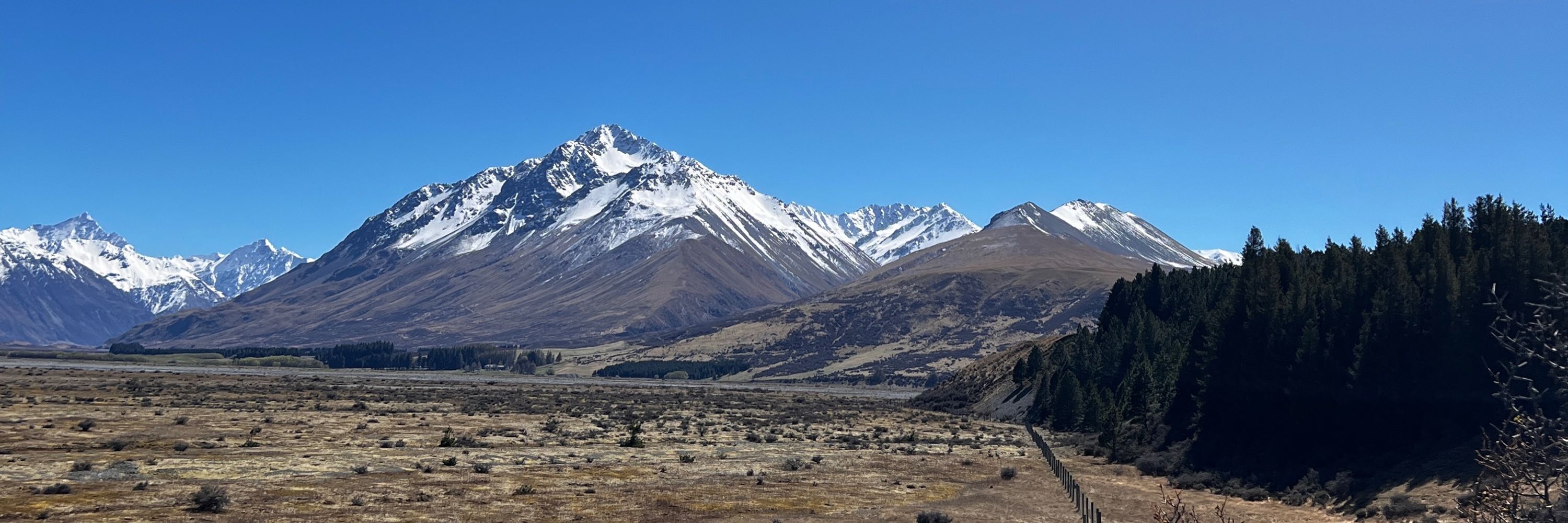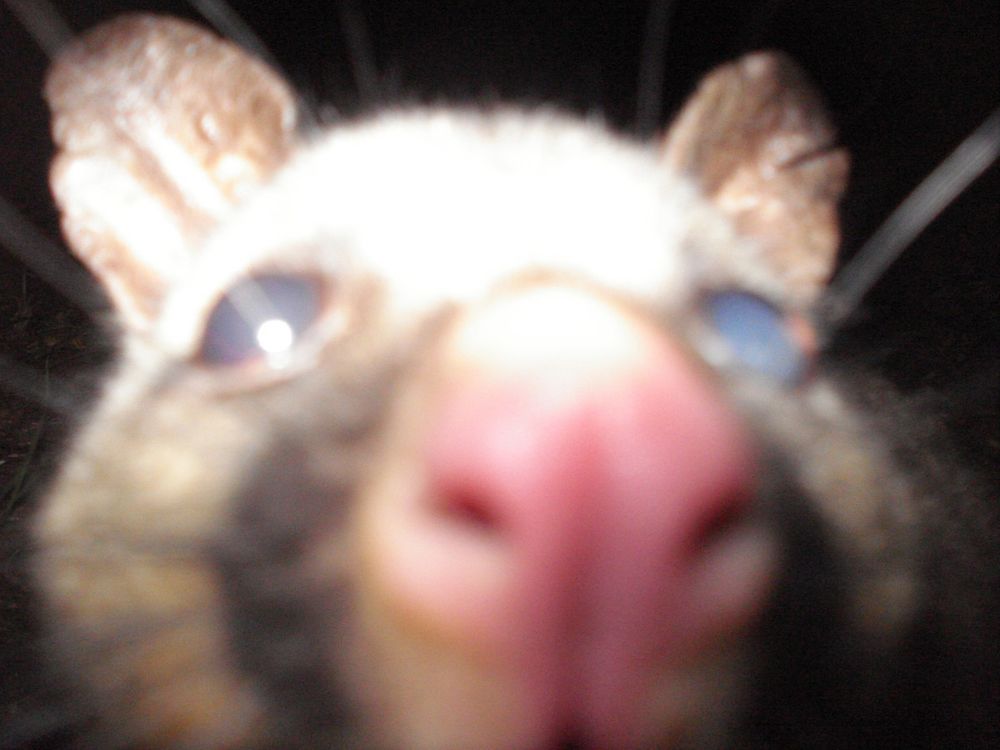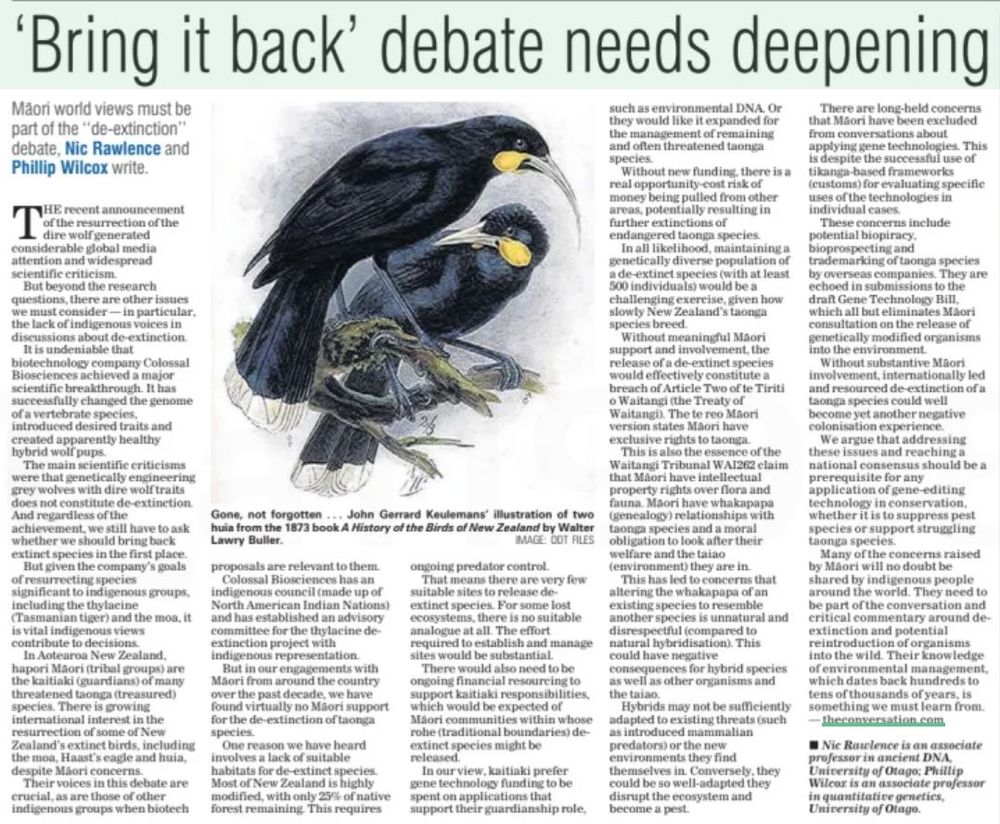
locusmag.com/feature/comm...

locusmag.com/feature/comm...
lincolnecology.org.nz/2025/11/11/t...

lincolnecology.org.nz/2025/11/11/t...
lincolnecology.org.nz/2025/11/06/a...

lincolnecology.org.nz/2025/11/06/a...
t.co/RMbBBVIJWW

t.co/RMbBBVIJWW
t.co/CG4U5scVtQ

t.co/CG4U5scVtQ
t.co/bmWaYeBLE2

t.co/bmWaYeBLE2
arutherford.substack.com/p/dire-wolve...

arutherford.substack.com/p/dire-wolve...
t.co/qb2Nld1nGh

t.co/qb2Nld1nGh
lincolnecology.org.nz/2025/09/12/w...

lincolnecology.org.nz/2025/09/12/w...
lincolnecology.org.nz/2025/09/08/t...

lincolnecology.org.nz/2025/09/08/t...
t.co/iyAbU3VsdJ

t.co/iyAbU3VsdJ
t.co/vrX4JwZzyQ

t.co/vrX4JwZzyQ
t.co/sgN1OMKonB
t.co/sgN1OMKonB
t.co/hRQ1DOxwgx
t.co/hRQ1DOxwgx
t.co/p7GTOoCpAU
t.co/p7GTOoCpAU
t.co/fIZTzGmynn
t.co/fIZTzGmynn
PhD student Jazmynn Hodder-Swain shares her first BLOG POST — a reflection on responsibility and care.

PhD student Jazmynn Hodder-Swain shares her first BLOG POST — a reflection on responsibility and care.



@LincolnUniNZ#ECOL60808

@LincolnUniNZ#ECOL60808







